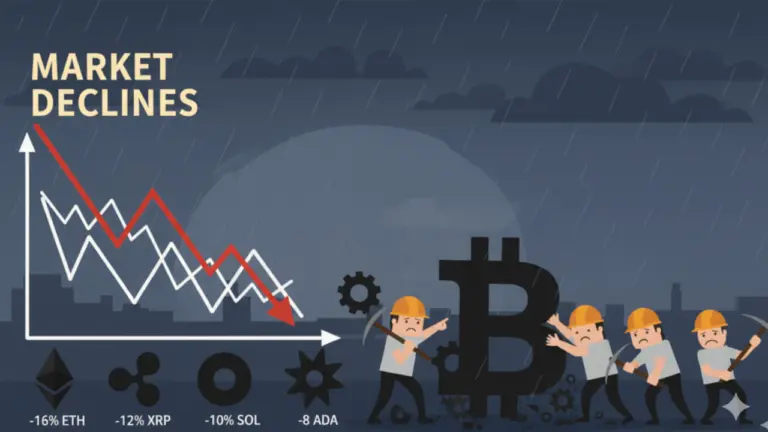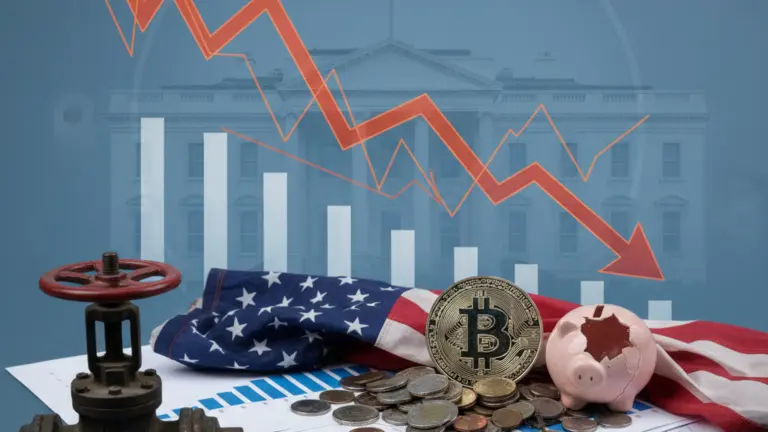Belarus is stepping up its cryptocurrency mining efforts by leveraging surplus nuclear power capacity, positioning itself amid a global shift away from reliance on the U.S. dollar. President Aleksandr Lukashenko announced plans to expand digital asset production during a government meeting focused on energy policy.
The initiative builds on Belarus’s recent developments in nuclear energy and aligns with broader geopolitical trends favoring de-dollarization across various regions. Lukashenko highlighted cryptocurrency as a key alternative in global monetary systems.
Belarus Pushes Crypto Mining Using Nuclear Energy
During the Nov. 14 meeting in Minsk, Lukashenko emphasized the importance of diversifying away from the dollar, describing cryptocurrency as an inevitable component of this transition. He instructed officials to harness the country’s electricity surplus, particularly from nuclear power, to develop its crypto mining sector.
“Our entire world is now grappling with a global problem, namely moving away from dependence on a single currency, the dollar,” Lukashenko said. “This process will intensify. Cryptocurrency is probably one of the options.”
Belarus’s nuclear infrastructure recently reached full operational capacity of 2,400 megawatts after activating the second unit of the Belarusian Nuclear Power Plant in November 2023. This expansion resolved previous energy shortages that had limited earlier crypto mining initiatives.
The government has actively encouraged investment in mining projects, attracting interest from Russian and Chinese investors drawn by competitive electricity rates enabled by the nuclear output increase. Belarus also aims to create a national cryptocurrency reserve, inspired by similar plans announced in the United States.
Central Bank Digital Currency Plans and Regional Coordination
In addition to mining, Belarus plans to launch its Central Bank Digital Currency (CBDC) by late 2026. The National Bank intends to initially onboard businesses before extending access to government agencies and citizens in 2027.
This digital ruble initiative is closely aligned with Russia’s CBDC efforts, as both nations face Western sanctions and seek alternative settlement methods. Russia has delayed its CBDC launch to mid-2026 due to technical issues.
Global De-Dollarization Fuels Cryptocurrency Adoption
Lukashenko’s push coincides with increasing global trends toward de-dollarization. Investment firm VanEck reported that China and Russia have begun settling some energy trades using Bitcoin and other digital assets. Bolivia has also announced plans to import electricity using cryptocurrencies.
These trends intensified amid U.S.-China trade tensions in 2019, when announcements of tariffs triggered immediate Bitcoin price surges. The U.S. Dollar Index has fallen more than 9% year-to-date, supporting Bitcoin’s emerging role as a hedge against fiat currency depreciation and geopolitical risks.
Asia’s Wealthy Increase Crypto Holdings Amid Market Shifts
According to UBS executive Amy Lo, Asia’s affluent investors are reallocating assets away from the U.S. dollar toward Bitcoin, gold, and regional markets. Currently, over 15% of their wealth is held in cryptocurrencies and gold, a notable shift from traditional portfolios.
A report by Cryptonews indicates that 76% of Asia’s family offices and high-net-worth investors now hold digital assets, up from 58% in 2022. Many have increased their crypto allocations from under 5% to more than 10% of total holdings.
Singapore leads this trend, with 57% of wealthy investors planning to expand cryptocurrency investments over the next two years. The region’s affluent class is projected to grow from $2.7 trillion in 2021 to $3.5 trillion by 2026.






